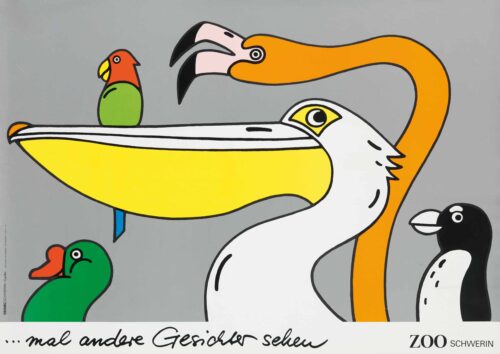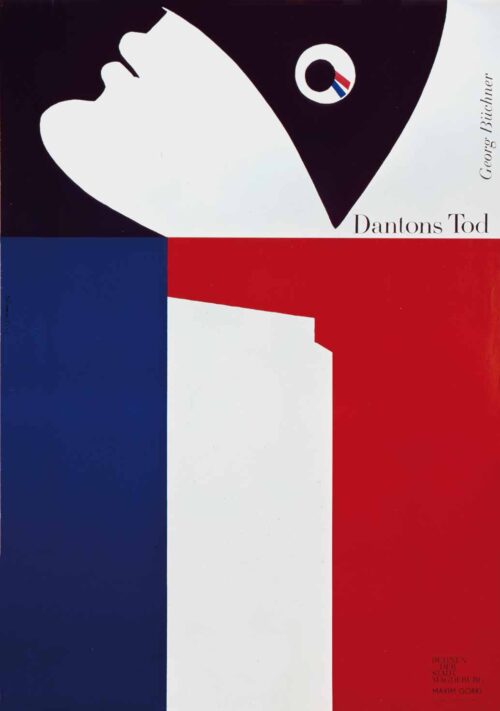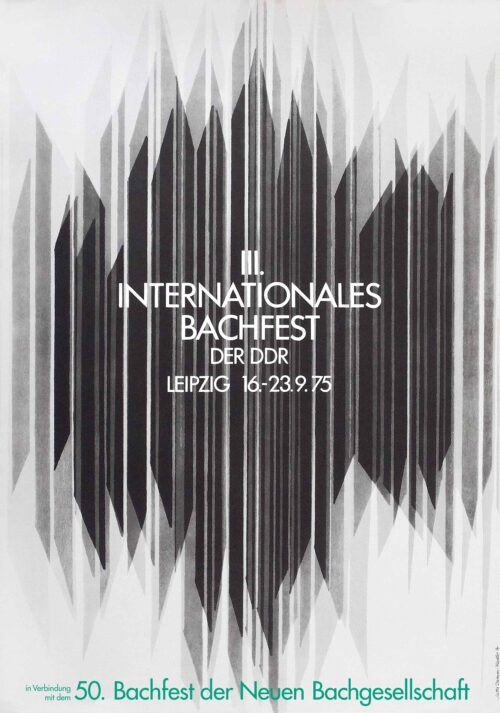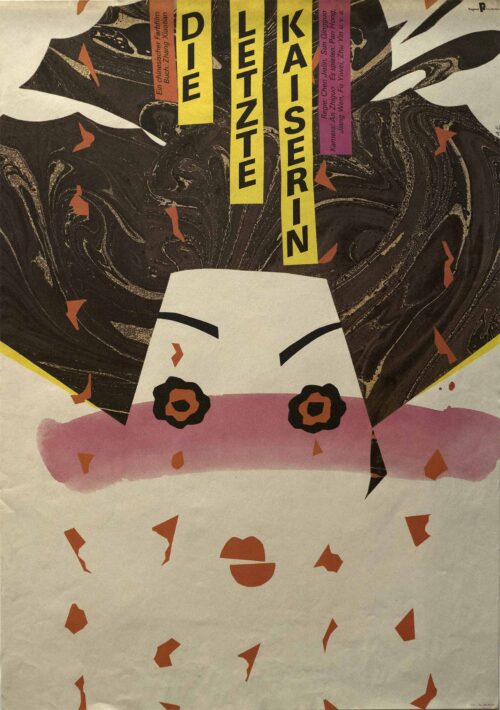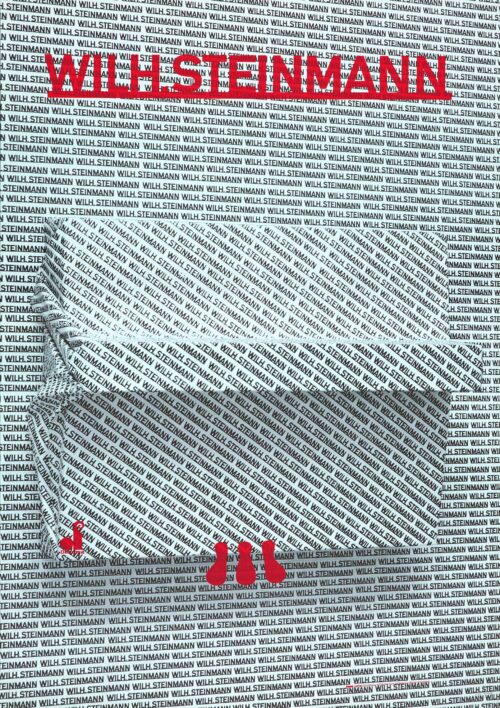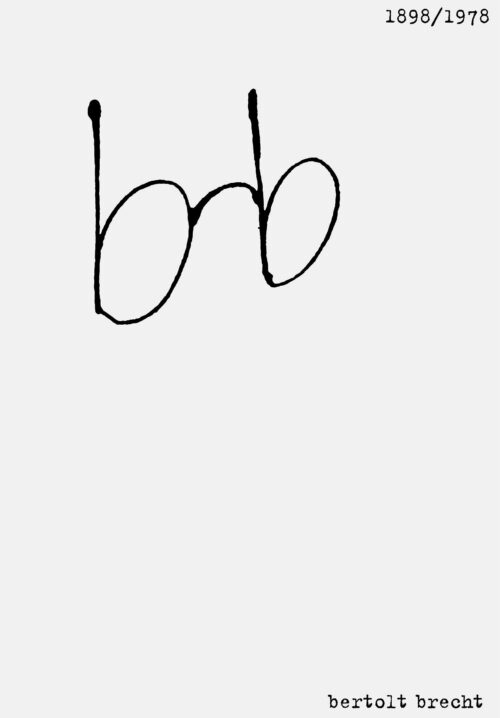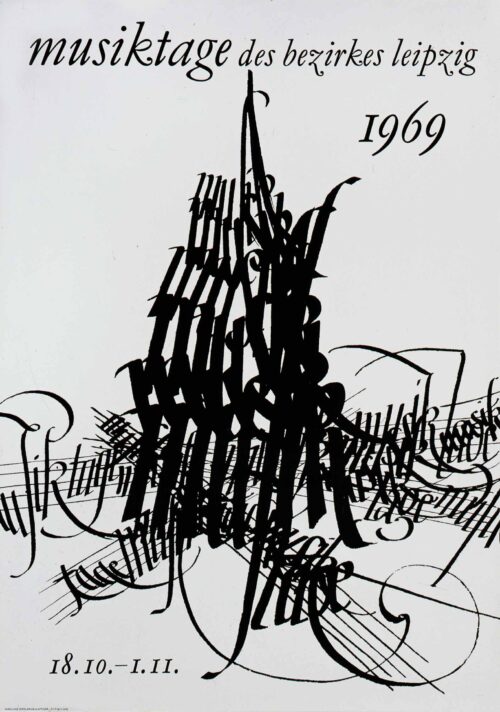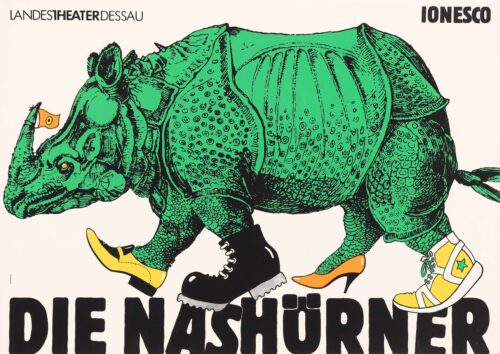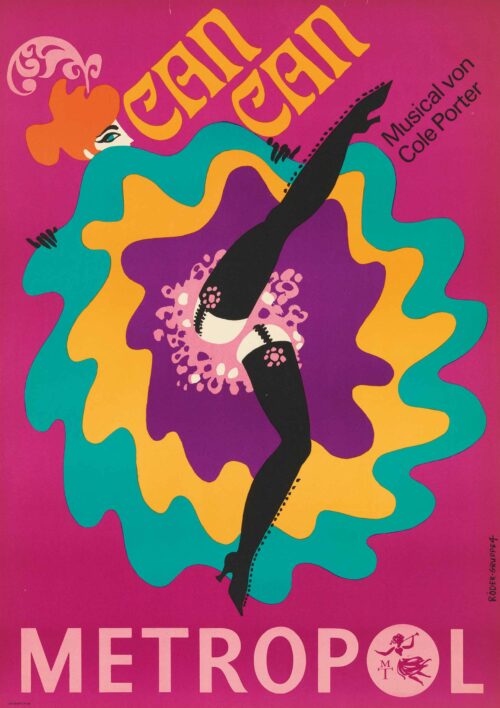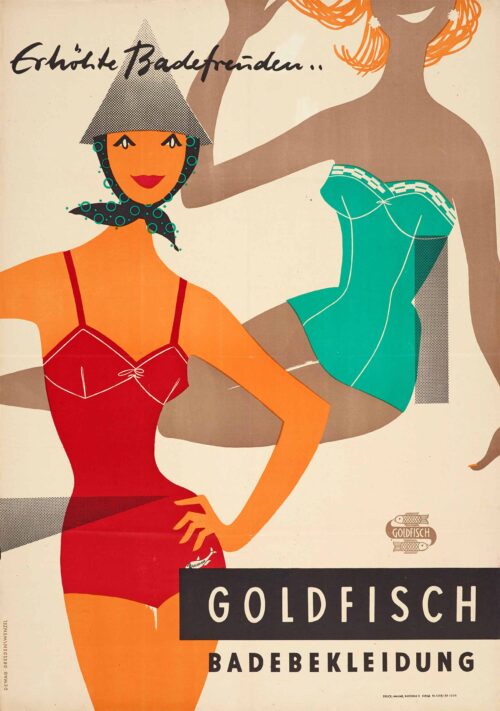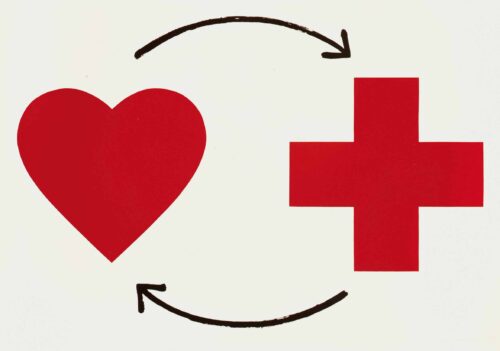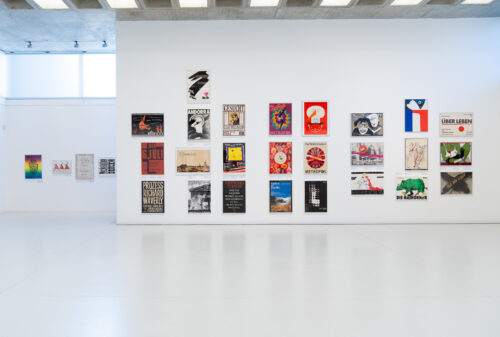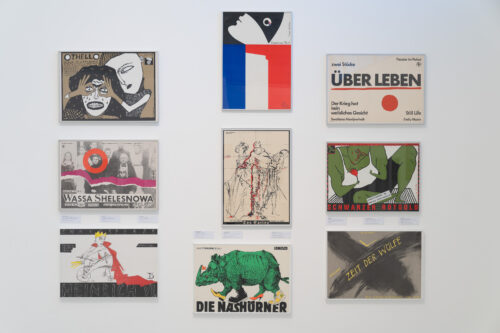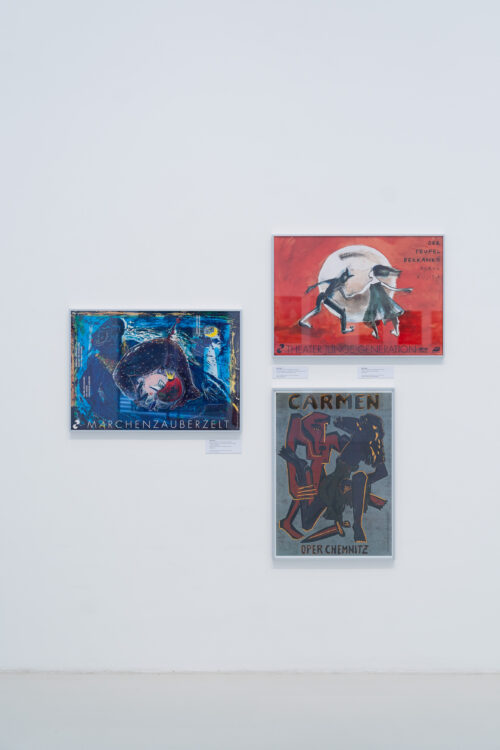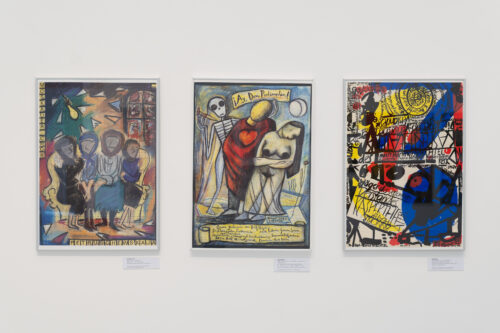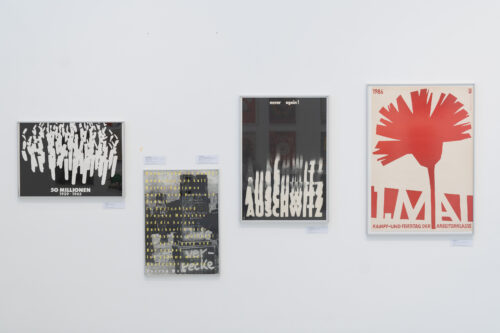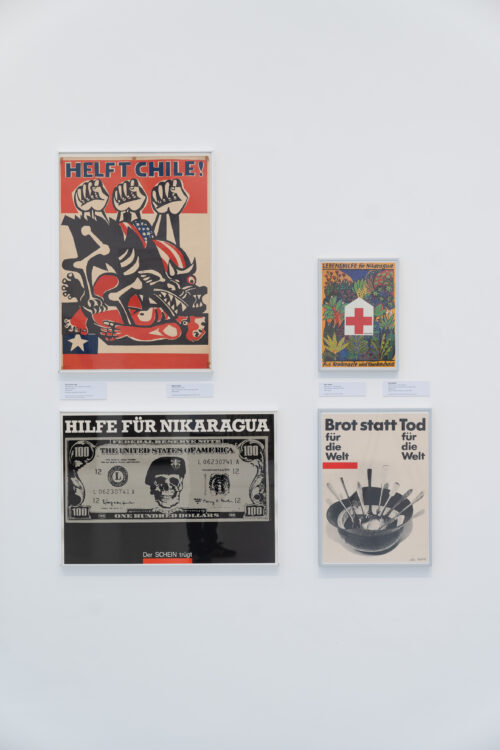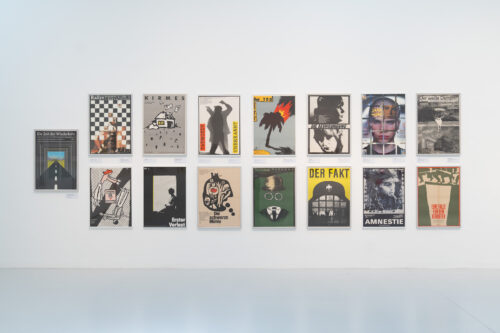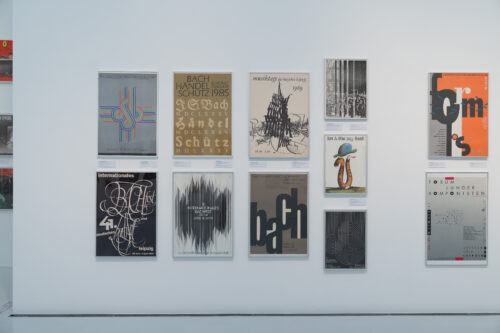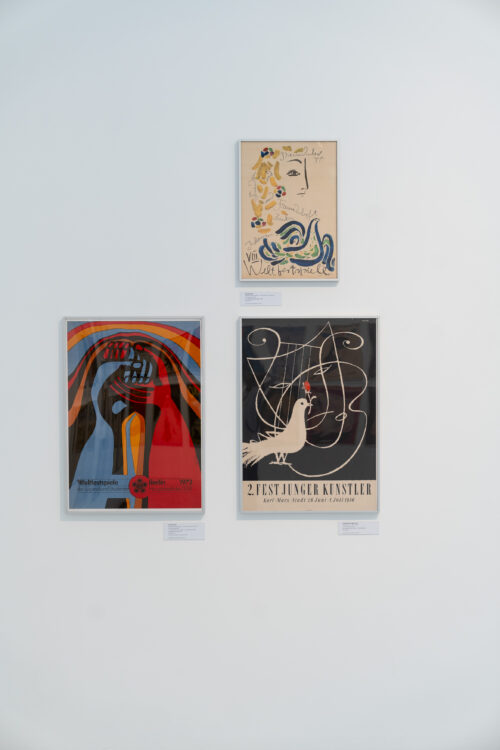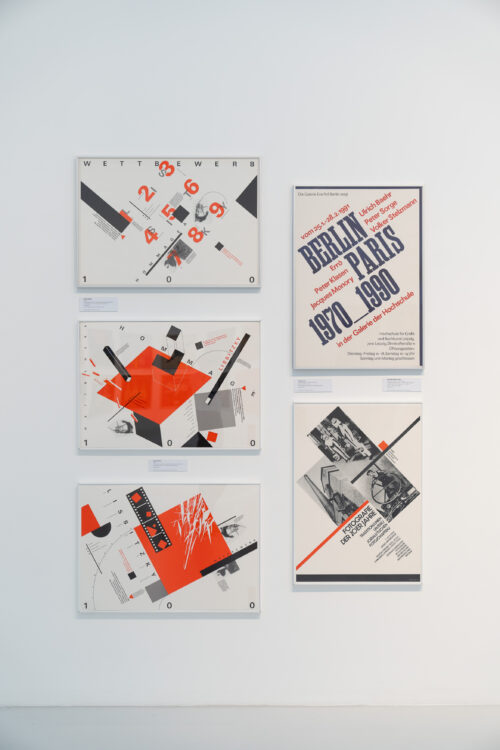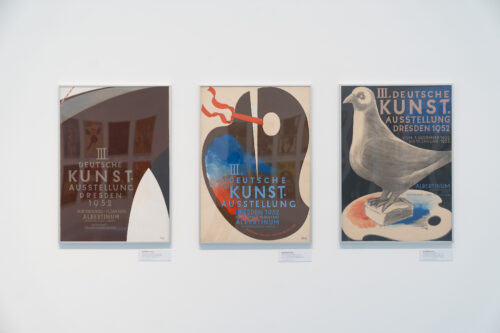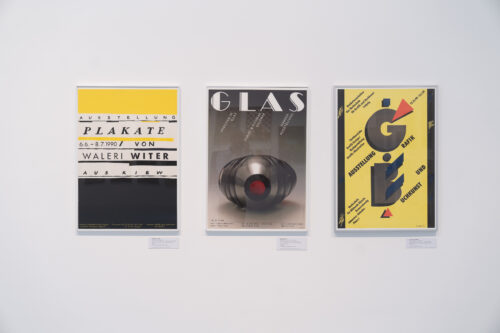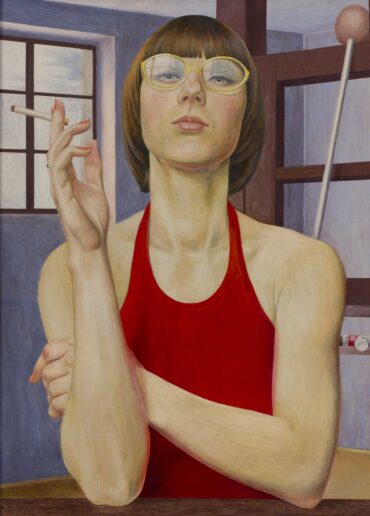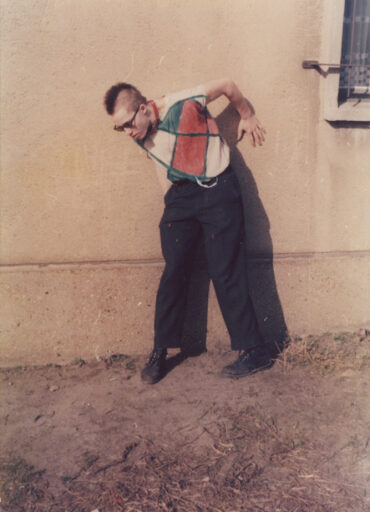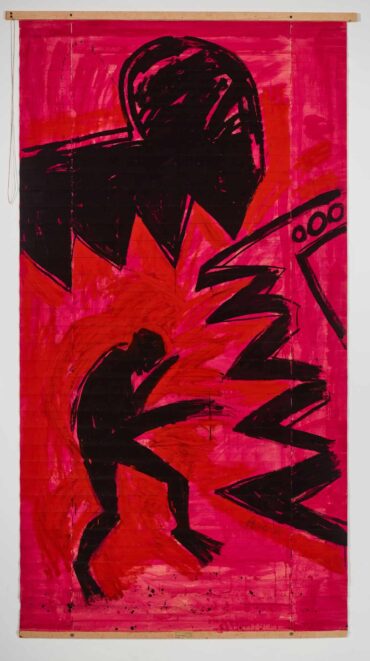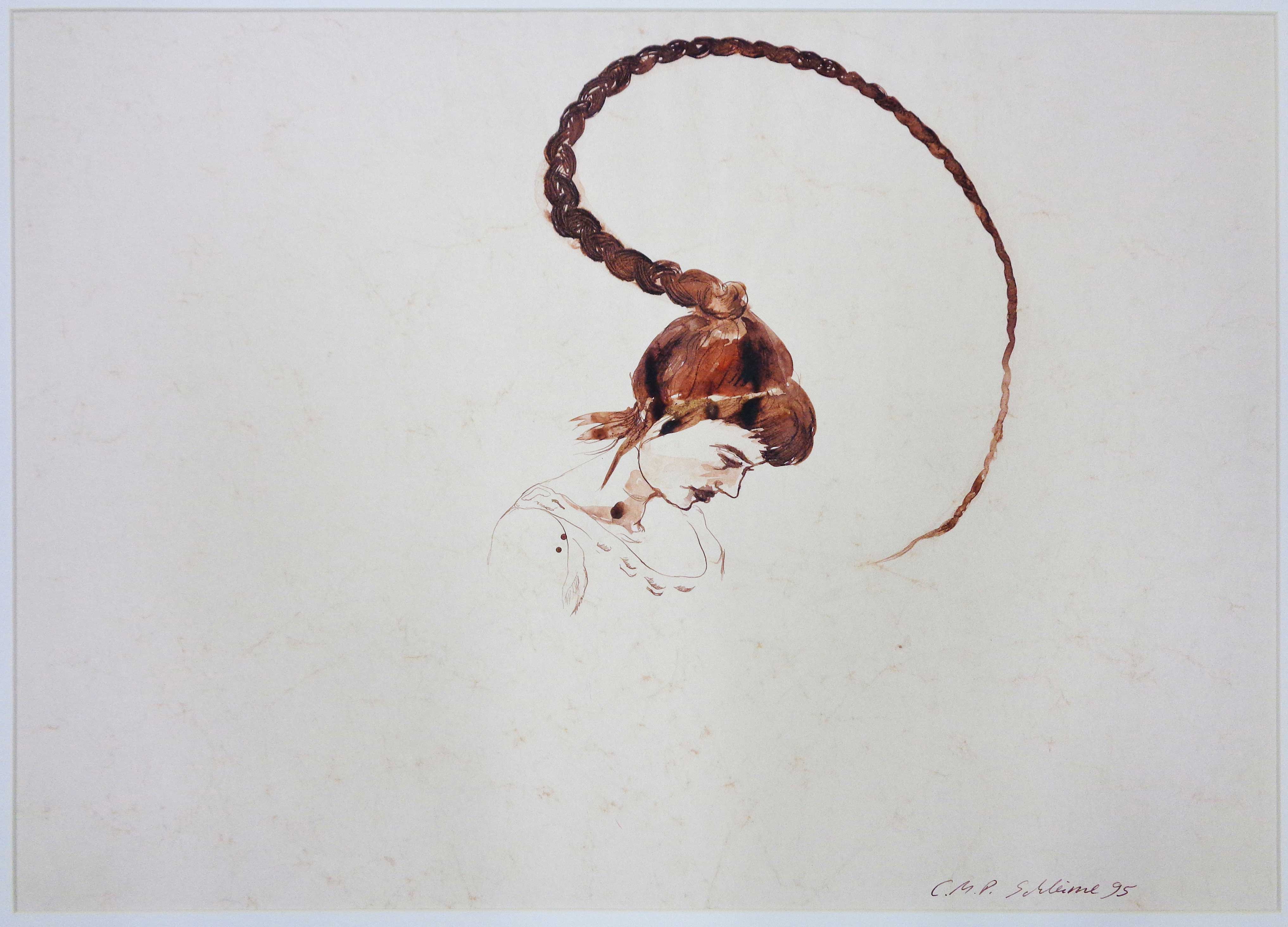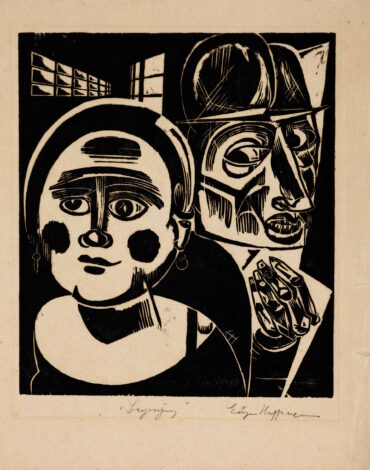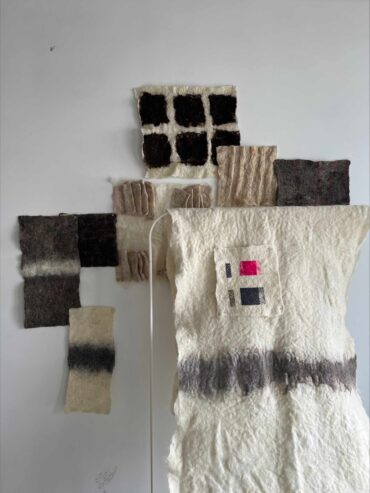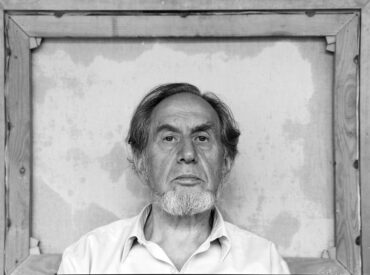
Sammlungseinsichten Plakate ostdeutscher Grafikerinnen
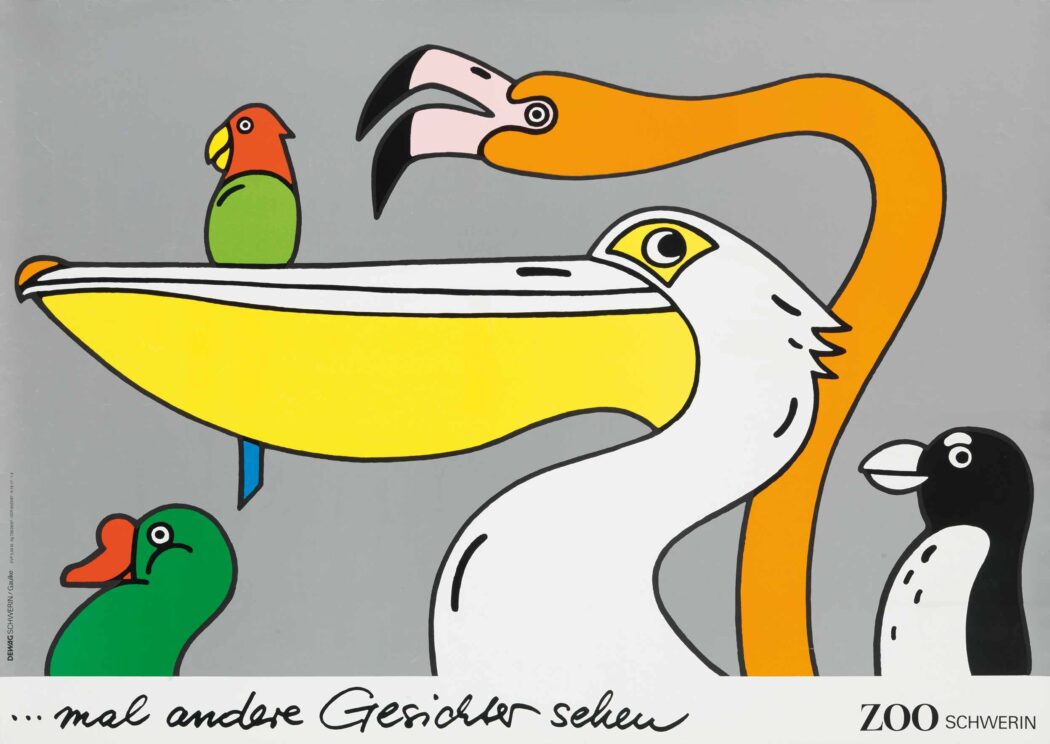
Renate Gaulke: … mal andere Gesichter sehen, Zoo Schwerin, 1987, Offsetdruck © Renate Gaulke, Foto: Jens Ziehe
Erika Baarmann, Anke Baltzer, Ingrid Behla, Kerstin Bigalke, Regine Blumenthal, Eva Bormann, Jutta Damm-Fiedler, Gerda Dassing, Martina Dathe, Linde Detlefsen, Anneliese Ernst, Anke Feuchtenberger, Grit Fiedler, Petra Flemming, Maja Fischer, Annette Fritzsch, Gabriele Gärtner, Renate Gaulke, Sabine Golde, Elli Graetz, Gudrun Großmann, Roswitha Grüttner, Anne Gubig, Eva Haak, Isolde Hamm, Heidrun Hegewald, Christa J. Heinrich, Renée Hendrix, Renate Herfurth, Marita Herold, Regina Holland-Kunz, Christine Hoppe, Irmgard Horlbeck-Kappler, Kirsten Hunger, Regina Jaffke, Kitty Kahane, Susanne Kahl, Christine Kaiser, Margit Kinast, Ruth Knorr, Hildegard Korger, Thea Kowař, Angelika Kuhrt, Dagmar Kunze, Marina Lachermund, Heidrun Lachmeier, Ilona Langer, Renate Lehnhof, Britta Matthies, Jutta Mirtschin, Ursula Misersky, Dore Mönkemeyer-Corty, Konstanze Neumann-Gast, Erdmut Oelschläger, Birgitt Oßwald, Christine Perthen, Kerstin Querengässer, Nuria Quevedo, Maria Radoslawowa-Finger, Gisela Röder, Angelika Rößler, Claudia Schauss, Marlies Schlegel, Brigitte Schleusing, Änn Schwerdtle, Andrea Soest, Bärbel Steinberg, Ursula Stieff, Erika Stürmer-Alex, Angelika Stüwe, Katrin Süss, Birgit Swensson, Barbara Tucholke, Inge Uhlich, Brigitte Ullmann, Angelika van der Borght, Eva-Maria Viebeg, Susanne Volkmar, Ingeborg Voss, Friedrun Weißbarth, Renate Wenzel, Petra Wiegandt, Kathrin Winkler, Gisela Wongel, Sonja Wunderlich, Anett Wutzler, Gertrud Zucker
In 40 Jahren DDR haben Generationen von Grafikerinnen und Grafikern die künstlerischen Fach- und Hochschulen mit einer soliden Ausbildung in den grafischen Künsten abgeschlossen. Die Ausstellung, in denen die Stiftung Plakat OST und das Brandenburgische Landesmuseum für moderne Kunst als zwei zentrale Institutionen des DDR-Kulturplakats sich der eigenen Sammlung zuwenden, bietet nun ausschließlich Gestalterinnen aus Ostdeutschland eine Plattform, um auf dieser uneingeschränkten, großen Bühne die im Plakat gefundenen vielfältigen künstlerischen Ausdrucksformen sichtbar zu machen. Besonders augenfällig werden dabei ihre malerischen, zeichnerisch-poetischen, oft figürlichen Bildfindungen und Gestaltungsideen. Der meist illustrative Charakter der Blätter schien eher für kulturelle Plakate geeignet als für politische Anschläge. Die Grafikerinnen bewiesen einen souveränen Umgang mit sämtlichen damals populären Darstellungsmitteln, etwa der Typografie, Kalligrafie, Fotografie oder Zeichnung: Fein ausgearbeitete Illustrationen finden sich neben der großen stilisierten grafischen, zum Zeichen verdichteten und auffälligen Form.
Nicht nur mit ihrem künstlerischen Anspruch waren die in der DDR ausgebildeten und schaffenden Gebrauchsgrafikerinnen gleichberechtigt, auch wenn sie zahlenmäßig in der Plakatlandschaft doch geringer vertreten waren. Für manche blieb das Plakat nur ein gelegentlicher Ausflug in das größere Format, häufig waren sie als Illustratorinnen in den Bereichen Belletristik, Kinderbuch oder Zeitschrift tätig. Dass sie sich dennoch ebenbürtig etablieren konnten und mit ihren Arbeiten zu den „100 besten Plakaten des Jahres“ gezählt wurden, belegt auch die Zusammenstellung dieser Ausstellung.
Die Schau ist eine Kooperation zwischen der Stiftung Plakat OST und dem Brandenburgischen Landesmuseum für moderne Kunst. Sie wird kuratiert von Sylke Wunderlich (SPO) und Helene Roolf (BLMK, Cottbus).
…
The exhibition exclusively gives designers from East Germany a platform to make the diverse artistic expressions found in the poster visible on this unrestricted, large stage.
In 40 years of the GDR, generations of graphic artists have graduated from art colleges and universities with a solid education in the graphic arts. The exhibition now offers a platform exclusively for female designers from East Germany to present the diverse artistic expressions found in poster art from within the collections of both institutions. What is particularly striking are the painterly, graphic-poetic, often figurative, soft image inventions and design ideas. The mostly illustrative nature of the sheets seemed more suitable for cultural posters than for political attacks. The graphic designers demonstrated a confident handling of all the means of representation that were popular at the time, such as typography, calligraphy, photography and drawing: finely crafted illustrations can be found alongside the large, stylized graphic form, condensed into symbols and eye-catchers.
The female artists training and working commercially in the GDR were equal not only in terms of their artistic standards, even if they were numerically less represented in the poster landscape. For some, the poster was just an occasional foray into the larger format; they often worked as illustrators in the fields of fiction, children’s books or magazines. The compilation of this exhibition also proves that they were able to establish themselves on an equal footing and that their works were counted among the “100 best posters of the year”.
The show is a collaboration between the Stiftung Plakat OST and the Brandenburgische Landesmuseum für moderne Kunst. It is curated by Sylke Wunderlich (SPO) and Helene Roolf (BLMK, Cottbus).
